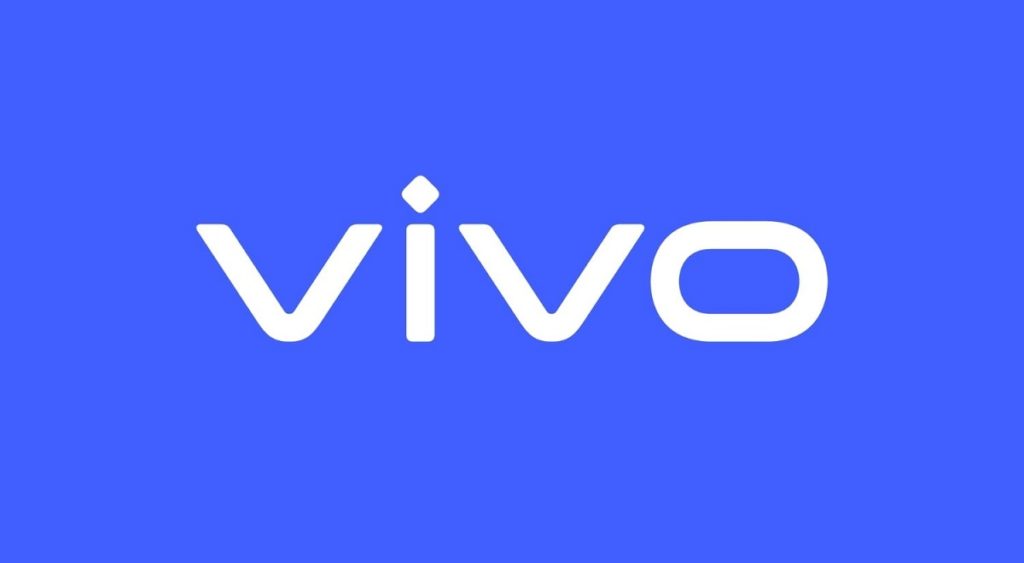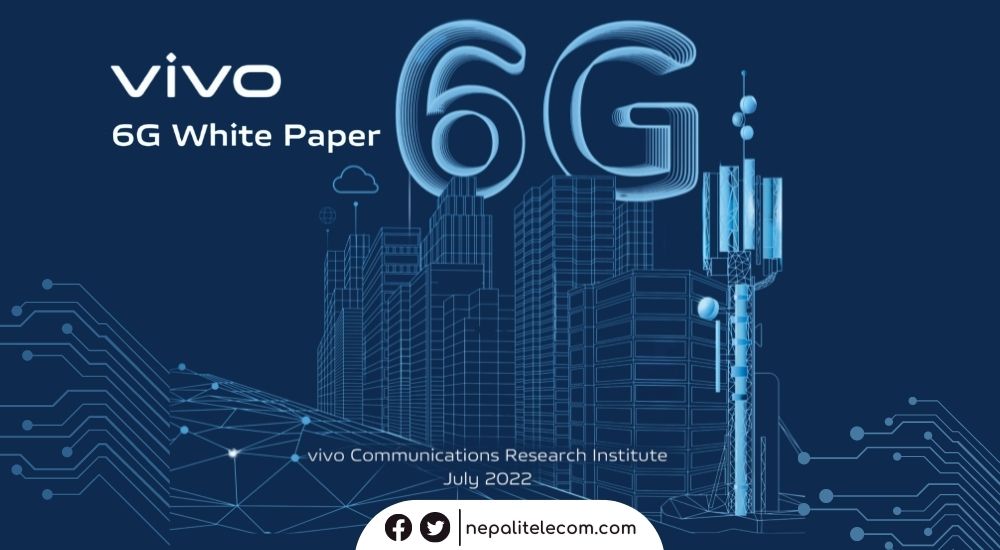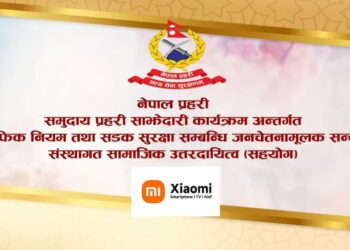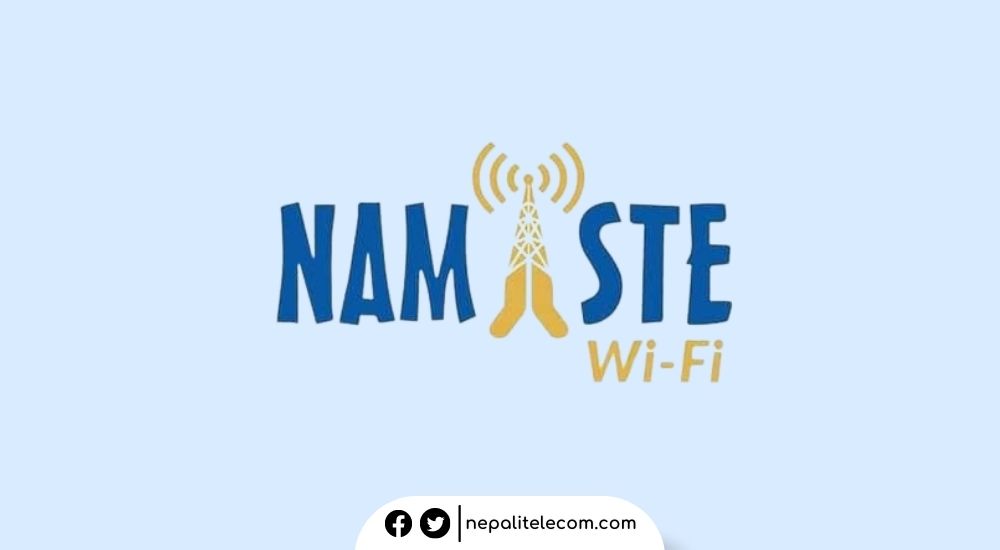Vivo Communications Research Institute has released its third 6G white paper, “Building a Freely Connected Physical and Digital Integrated World: 6G Services, Capabilities and Enabling Technologies”. The report assesses the 6G services, capacities, and enabling technologies that vivo experts believe will shape lives post-2030.
“As one of the world’s leading smartphone vendors, we are dedicated to empowering consumers by making cutting-edge 5G smartphones affordable and accessible. At the same time, we have set our sights on the future – 6G,” said Qin Fei, President of vivo Communications Research Institute. “At the forefront of R&D, we continue to explore what a 6G world might look like and what technologies we need to develop to get there,” he added.
In recent years, the industry has gathered consensus on what services 6G could provide. Stakeholders have also agreed on key capability indicators from the next-generation cellular technology. At the same time, the Research and Development of the key enabling technologies are also building momentum.
The third 6G white paper by Vivo builds upon its two earlier works that came out in 2020. One of these includes, ‘Digital Life 2030+’. It basically provides insights into some potential 6G digital scenarios for the next decade. The second white paper ‘6G Vision, Requirements and Challenges’, outlines the company’s vision for 6G. It expects that 6G will allow a great convergence of the digital and physical worlds.
Check out: Vivo Mobile Price in Nepal

Services and Capabilities
The white paper proposes that 6G will offer super communication, information, and converged computing services. Thus, it will become a base for an interconnected and converged physical and digital world.
Vivo believes 6G will converge communication, computation, and sensing in a singular system. Additionally, the ultra-efficient network will not just connect humans to humans, but also humans to machines and machines to machines. Strikingly, vivo expects 6G will connect billions of devices by 2030n creating a whole new digital world.
“6G will allow us to bring the next generation of connectivity into every aspect of people’s lives. It will integrate more access technologies, cover a larger physical space, and provide better core capabilities, supporting more services,” said Rakesh Tamrakar, 5G Standard Expert at vivo. “By seamlessly connecting industries, transportation, workspace, and homes, 6G will contribute greatly to society – from the democratization of professional talent to the enhancement of emergency and disaster response.”
Elevate telecom service experience
Vivo projects that 6G will expand current telecom services and support new experiences. The new possibility ranges from immersive mixed reality to holographic and multi-sensory communications. Likewise, data will witness higher capacity, speed, latency, reliability, and other aspects. Eventually, it will help promote the value of services with more end-to-end flexibility and adaptability to address the needs of industries and consumers.
It means data rate, communication delay, and area traffic capacity will all need extreme improvement from 5G.
vivo says the 6G capability definition requires a careful judgment of demand, technology, cost, performance indicators, etc. Also see: Samsung Publishes 6G Spectrum White Paper, Holds Forum
Enabling Technologies
Building on the previous 6G white paper, vivo with its third one again calls for the introduction of new network functions for new 6G services. It argues the idea is to help achieve the integration of sensing and communication. 6G will converge mobile network and computing, cross-domain data interaction, and native AI network. That is why it would require a new system architecture design.
The integration of sensing and communication leads to a new area of opportunities in cellular wireless networks. The 6G native AI would improve network and air interface efficiency, enhance system flexibility and reduce costs. Similarly, the adaptation of an end-to-end cross-layer data plane will support intelligent and basic information services. Extremely low-power communication reduces the barrier to terminal access, which will enable omnipresent connectivity.
Currently, the Multiple-Input Multiple-Output (MIMO) evolution, Reconfigurable Intelligent Surface (RIS) technology, and new waveforms make for some exciting research areas, inspiring a more efficient and more flexible network that can support more application scenarios, and offer more advanced sensing functions.
Do read: 6G to Arrive by 2030, Says Nokia, But Not for Phones
Vivo to continue its R&D in 6G technology
The research and development of 6G standards are still in the early stage. The vivo Communications Research Institute is committed to continuing refining 6G scenario use cases and technical indicators. It will diligently carry out in-depth research and experimental verification of potential 6G technologies, and contribute to the development of a globally unified 6G technology standard.
The vivo Communications Research Institute was established in 2016. It primarily focuses on 5G technology research and standardization. To date, the Institute has submitted over 8,000 5G proposals to the Third Generation Partnership Project (3GPP), leading to 15 technical features and three technical projects have received their approval.
You can download the “Building a Freely Connected Physical and Digital Integrated World: 6G Services, Capabilities and Enabling Technologies ” white paper here.













